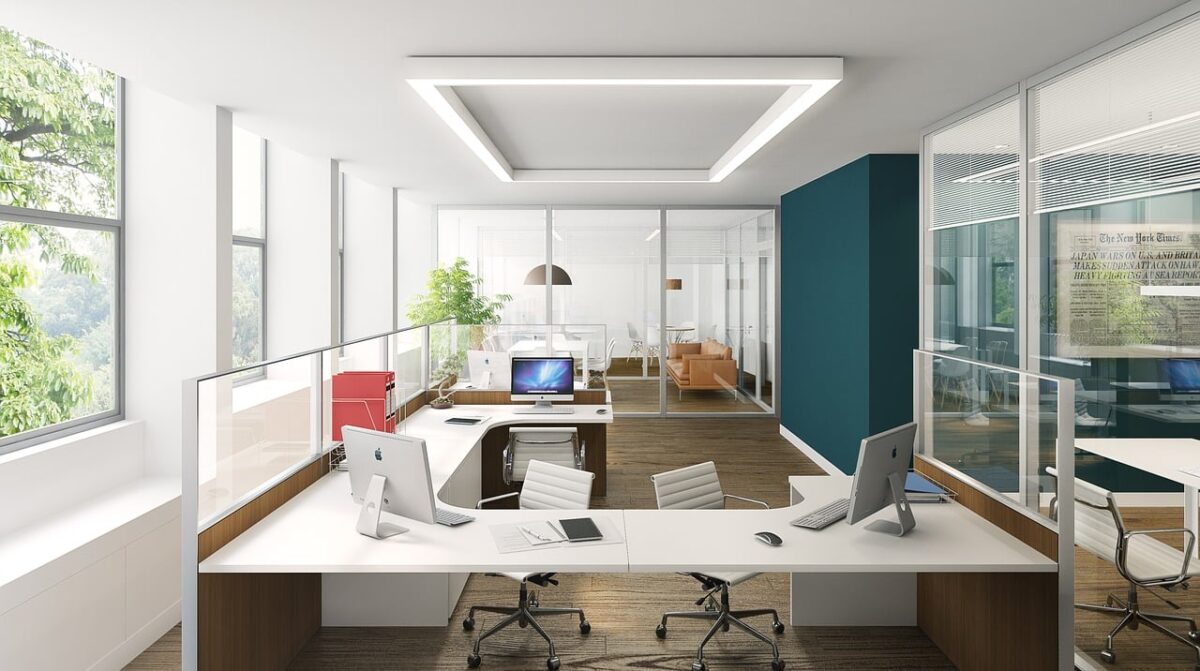By James A. Schnur, CCIM
President and Designated Managing Broker
Integrated Real Estate Solutions
LinkedIn
The pandemic had a profound effect on commercial real estate with the office landscape taking the biggest hit. The pandemic work accommodations accelerated the mobile/remote work environment trend prompting office vacancy and return-to-office occupancy rates to skyrocket. In the post-pandemic office landscape, remote and hybrid work models have become more desirable across many industries, and businesses attempting to mandate their workers return full-time to the office find their pandemic adaptations opened Pandora’s box, forcing them to change their policies or face increased employee turnover.
What trends affect the post-pandemic office landscape, and what commercial real estate strategies will address them?
Subleased Space and Rent Concessions
The first quarter of 2024 saw U.S. office vacancy rates dramatically increase, with Cushman & Wakefield reporting an over 20% vacancy rate. Net absorption declined by more than 31 million square feet in the same period. In this post-pandemic environment, businesses find subleasing unused space an attractive strategy to cut their lease expenses. CoStar reports approximately 200 million square feet of office space is available for sublease currently in the U.S. This volume is anticipated to diminish as lease terms expire. And, as leases expire, businesses will look for smaller, more economical options thereby further increasing the overall U.S. vacancy rate.
The Federal Reserve Board continues to battle inflation with higher interest rates in this post-pandemic environment. Despite the high vacancy rates, landlords have been able to slightly raise or maintain their asking rates. However, they found the need to offer generous incentives to attract new tenants, with these concessions ultimately contributing to a lower effective rent rate.
Re-Imagined Office Spaces
In the post-pandemic pivot to remote and hybrid work environments, employees use office space in new ways and for new reasons. While individuals return to the office on occasion to facilitate socialization and collaboration, employees often work in the office to escape distractions at home. And, they expect to find flexibility in diverse and comfortable spaces in which to work.
To encourage individuals to return to the office, businesses are removing the cubicle mazes, opting for a variety of areas to accommodate small groups holding impromptu conversations, and designing quiet spaces where individuals can work free of distractions. Collaboration looks different in the post-pandemic environment, too. Organizations are downsizing their conference rooms and outfitting them with state-of-the-art video conferencing equipment to facilitate meetings among in-office and remote workers.
Some property owners holding large unused spaces are re-imagining these spaces for use as multi-family residential dwellings or commercial retail units. Though some large cities offer incentives for these conversions, the actual rework may prove untenable. Changes to HVAC, fire safety, and security systems to accommodate multiple units may prove too costly. Such conversions may require changes in zoning laws as well.
Investor Cash
In this post-pandemic era, experts suggest the commercial real estate market may experience uncertainties for some time as supply chain problems and global troubles persist. Investors and real estate developers with cash reserves want to seize opportunities to buy depressed properties as soon as they come to market. Thus, they are turning to AI-driven applications to manage their real estate portfolios. These tools ensure investors have available cash to quickly take advantage of these opportunities.
Commercial real estate faces continued challenges, particularly in addressing the high volume of unused office space. The commercial real estate market for office properties remains uncertain. Whether needing to sublease office space, considering the feasibility of re-imagining a current space, or positioning your portfolio to acquire depressed assets, look to the professionals at Integrated Real Estate Solutions, Inc. to help your business navigate the commercial real estate trends and challenges of the post-pandemic environment.
Integrated Real Estate Solutions, Inc. provides clients with the in-depth knowledge and experience that is critical to determine the right path to your next move, lease renewal, or strategic repositioning of your real estate portfolio. Contact us or call 847.550.0160 today about your needs and put our success to work for you.

